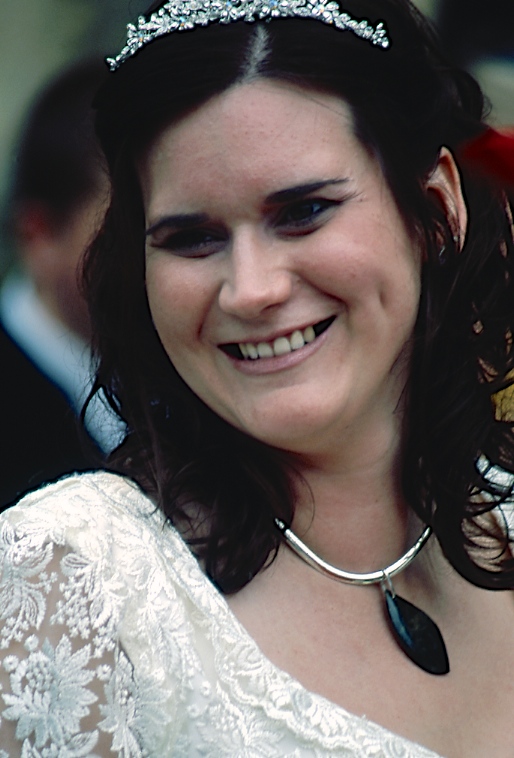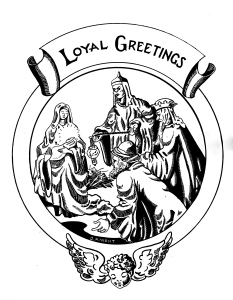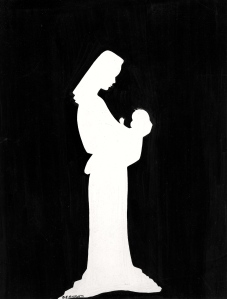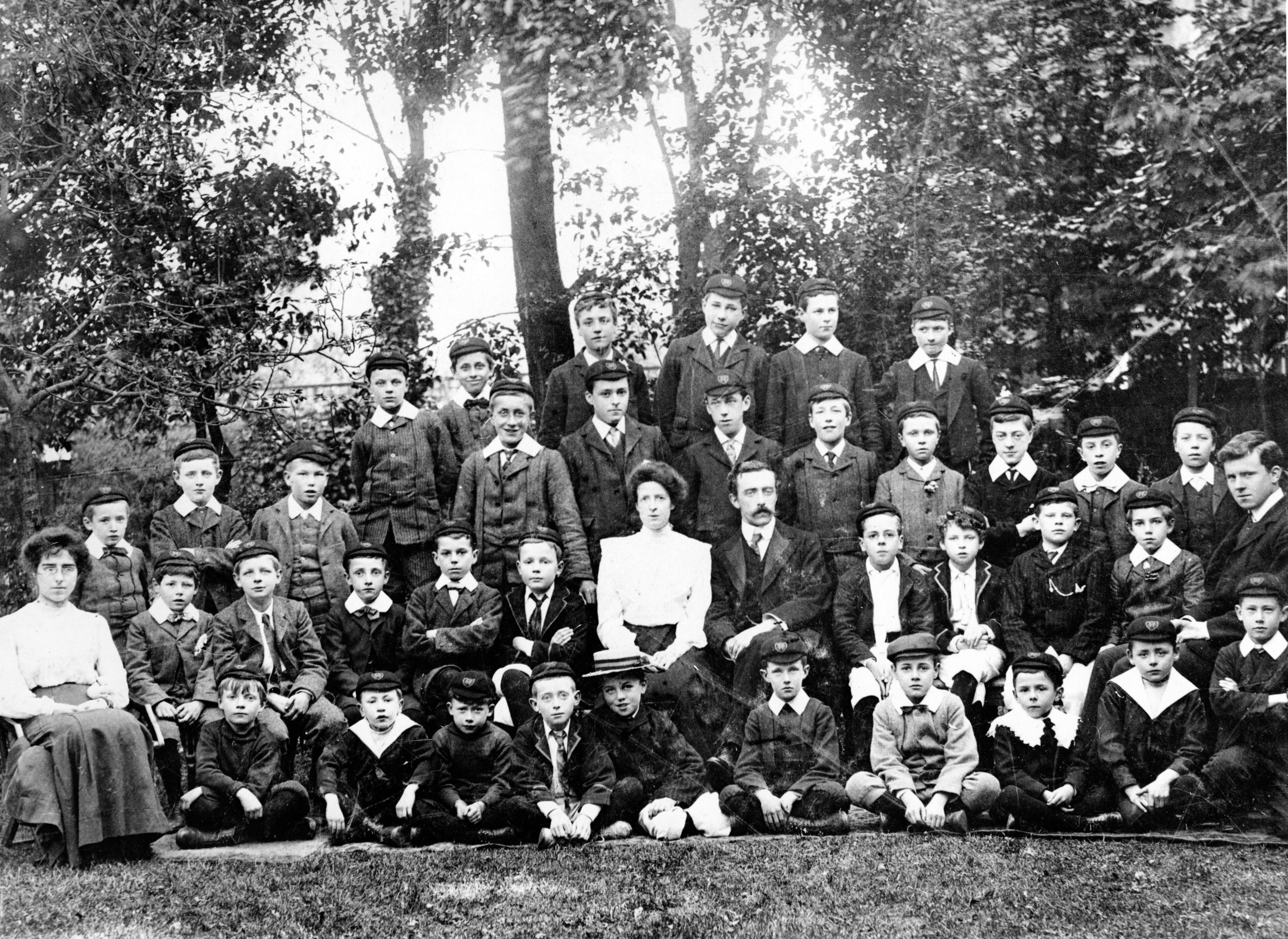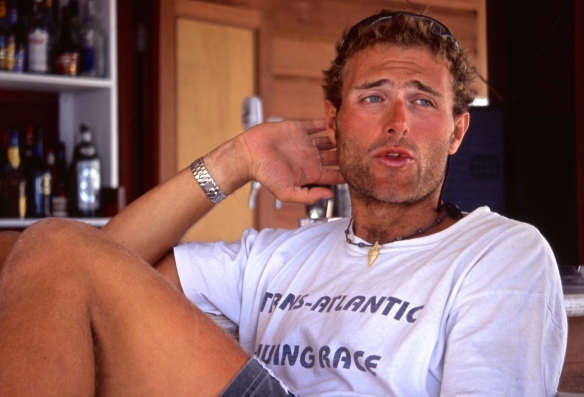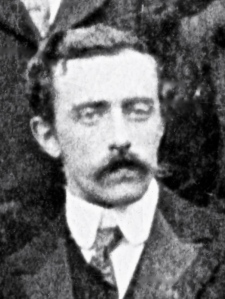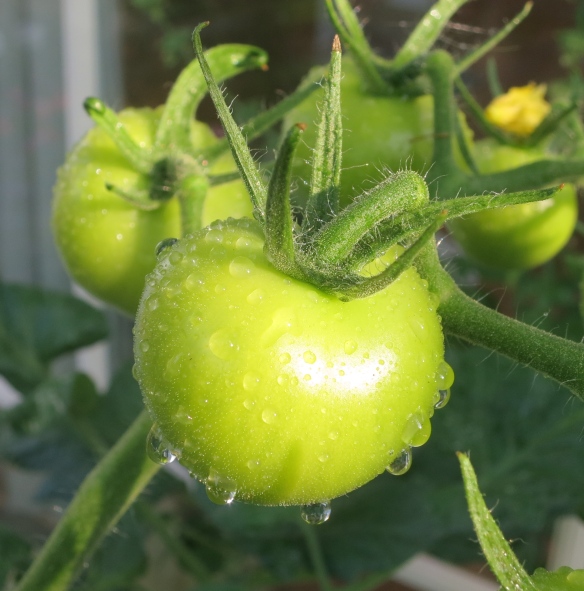
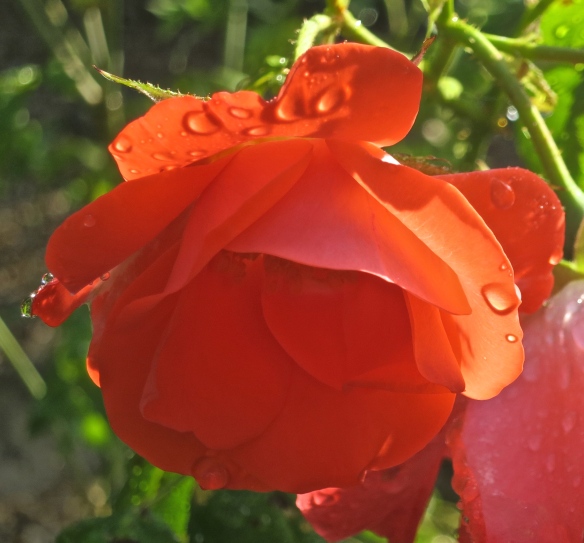 The garden still freshly dripped this morning after a night’s deluge of rain. I was reminded of ‘A few of [Julie Andrews’s] favourite things’, from ‘The Sound of Music’.
The garden still freshly dripped this morning after a night’s deluge of rain. I was reminded of ‘A few of [Julie Andrews’s] favourite things’, from ‘The Sound of Music’.
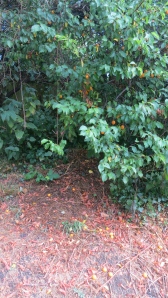 After a wander round the estate, Jackie drove me to New Milton for me to catch the London train. I visited the money bank first, but was still rather early for the train and sat outside the station for a while. Plum-like fruit had dropped from their branches and tumbled down a grassy bank opposite, into the wet gutter. Because I didn’t know what they were, especially as they were a yellow/orange colour, I asked a passing woman who seemed vaguely familiar. She identified them as greengages and walked on into the ticket office. Soon afterwards she, having had the same sense of partial recognition, returned, having realised I was Chris’s brother.
After a wander round the estate, Jackie drove me to New Milton for me to catch the London train. I visited the money bank first, but was still rather early for the train and sat outside the station for a while. Plum-like fruit had dropped from their branches and tumbled down a grassy bank opposite, into the wet gutter. Because I didn’t know what they were, especially as they were a yellow/orange colour, I asked a passing woman who seemed vaguely familiar. She identified them as greengages and walked on into the ticket office. Soon afterwards she, having had the same sense of partial recognition, returned, having realised I was Chris’s brother.
Annie, which is her name, was at school with my sister in law Frances and a joint friend of theirs called Stephanie. Chris, Frances, Stephanie and her husband,John, had once shared a holiday with Jackie and me in Sigoules. We had first met at my niece Fiona’s wedding to Paul in August 2007, at which I had, fortunately for this post’s illustrations, taken the photographs. Jackie and I had both then met them at Chris and Frances’s Ruby Wedding celebration.
She and Paul here stand with their respective mothers, Frances, of course, next to her daughter: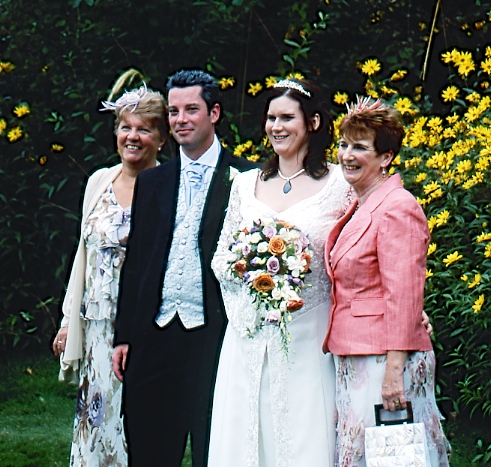
Finally, Stephanie and Annie, on the right, arrive in the garden:
Otherwise, my journey was uneventful until I arrived at Waterloo. At the Gents on the station the change machine let fall into the tray 3 x 20p in exchange for my 50p piece. Either because the dispenser didn’t appear to have any 10p coins or because the barriers themselves were faulty they were left open and we were all invited to walk through at no charge. Soon afterwards, I picked up £5 on the concourse. Normally, in order to use the conveniences, one is relieved of 30 pee. Instead of this, I emerged from the terminal station £5.10p better off. I’d call that a result.
I took my usual route to Norman’s where he fed us on roast pork, roasted vegetables, croquette potatoes, and broad beans, followed by mixed fruit latticed tart. We shared a fine bottle of Douro.
After this, I travelled by my customary method to Carol’s, and from there back to New Milton where Jackie was waiting and drove me home.
Kenneth Clark learned his trade as an art historian long before the subject was taught in British universities like Nottingham, where my granddaughter Emily is currently studying. Clark was an extremely accomplished member of the profession, as is amply evidenced by ‘The Nude’, which I finished reading on the train. He has a sensitive and insightful approach to his material which covers drawings, paintings, and sculpture from antiquity to the early twentieth century. First published in 1956, before the advent of the internet, his encyclopaedic knowledge is impressive, and eloquently and entertainingly expressed. My Folio Society edition, the beautiful cover of which is featured in my post of 24th July, is lavishly illustrated.
